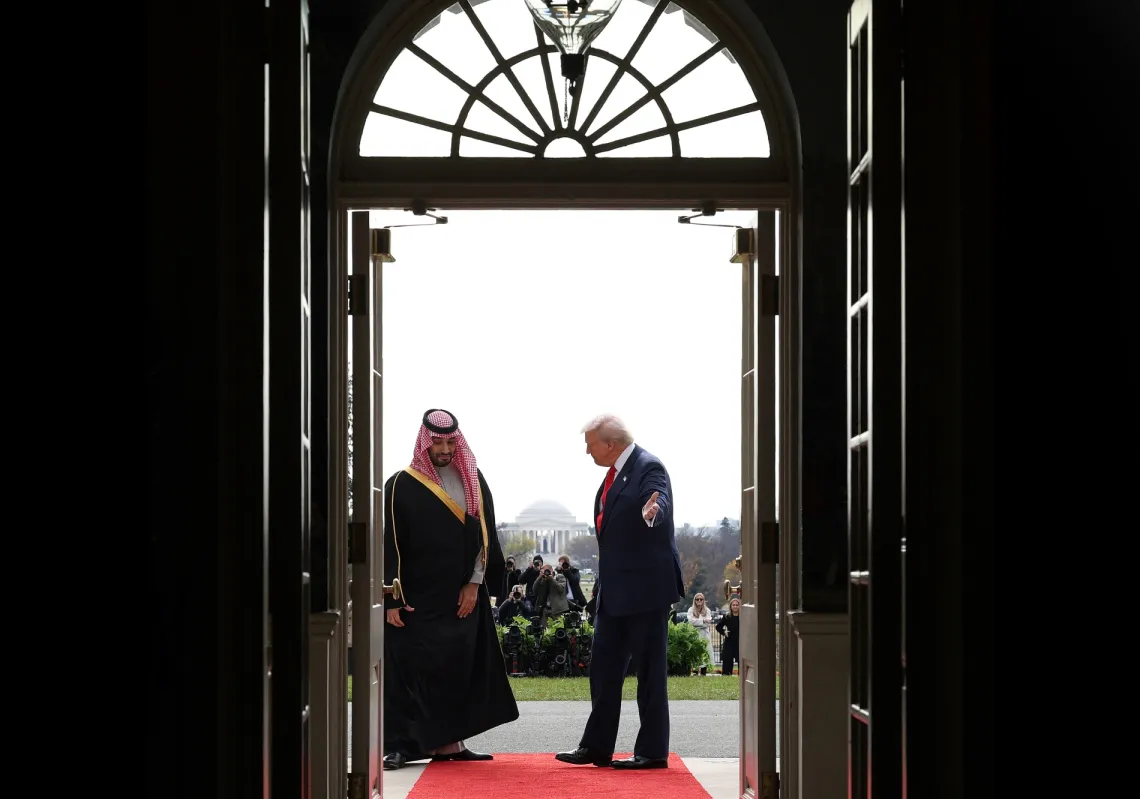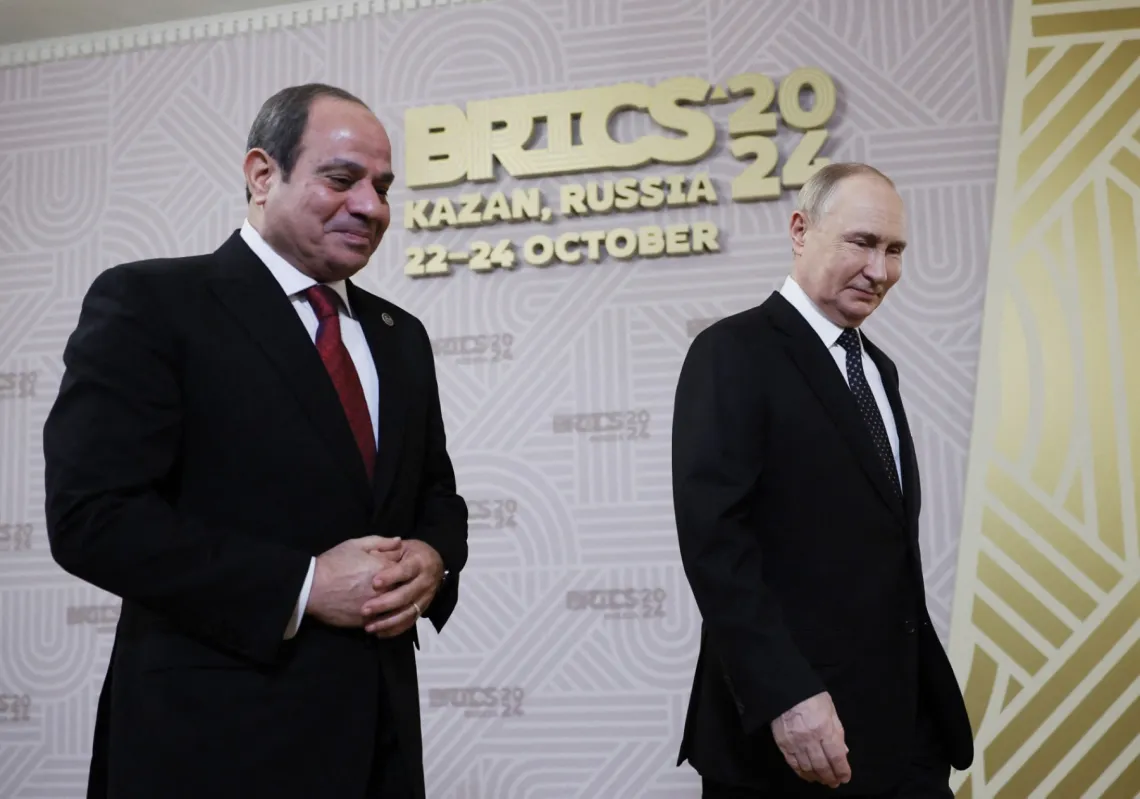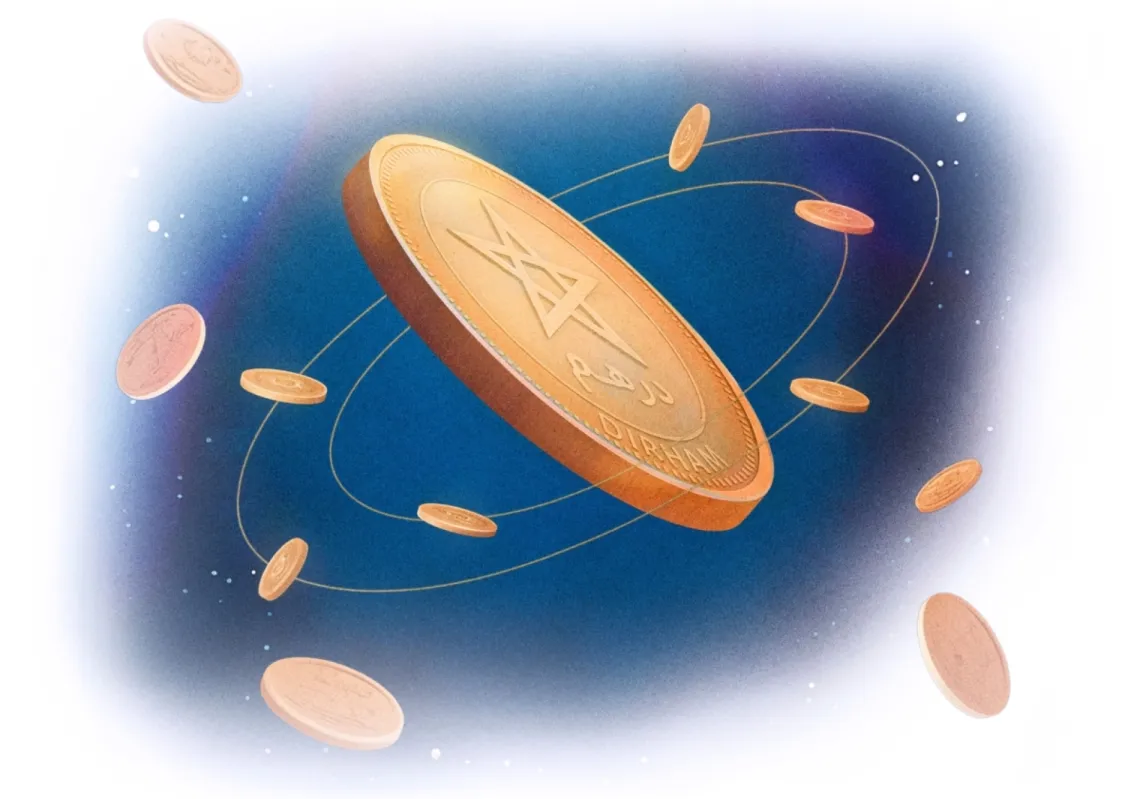India’s engagement with the Middle East is part of New Delhi’s wider strategy of adopting what it terms “multi-alignment”.
Unlike the US position towards India, Arab countries do not see engagement with India as an effort to counter China. The relationship between India and the Middle East reflects mutual pragmatism based on economic and security cooperation rather than political alignment.
Global south limitations
Some analysts use the term global south to refer to countries in Asia, Africa, and Latin America with connections and positions that stand out from or oppose countries in the north (or the West) — namely the United States and European countries.
India can be grouped under this label, especially because of its active membership in BRICS and Quad multilateral organisations.
Last year, India held the presidency of the Group of 20 (G20) and used this position to present itself as a champion of the global south. One of India’s actions in this regard was the admission of the African Union to the G20 during India’s G20 presidency.

Read more: India pushes G20 agenda that caters to developing countries' interests
But this labelling carries unrealistic expectations about India’s position in global politics. The term 'global south' can be problematic because it implies a semblance of coherence among countries which, in reality, have divergent political stances and priorities.
To assume India will be the voice of this group shows little understanding of its goals and behaviour.
Case in point is India's abstention on a UN General Assembly vote that took place on 27 October which condemned Israel's assault on Gaza, although it supported an amendment that condemned Hamas’s attacks.
Some analysts said India's choice to condemn Hamas but not Israel was because of its close cooperation with Israel in the fields of defence, security and technology, while others said it was because of the ideological commonalities of Zionism and Hindu nationalism.















